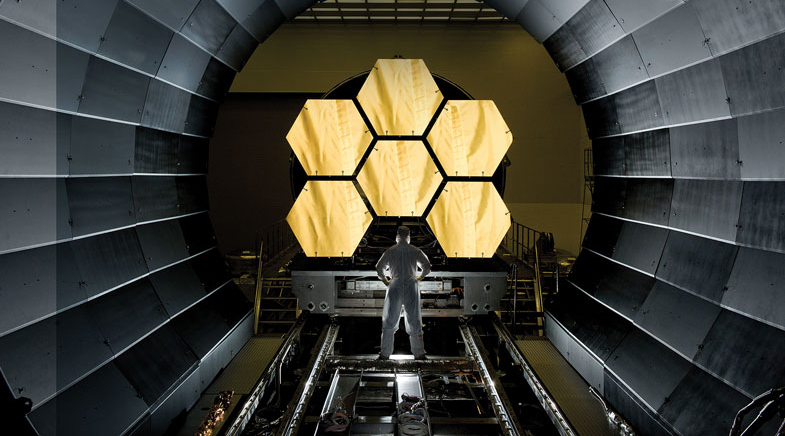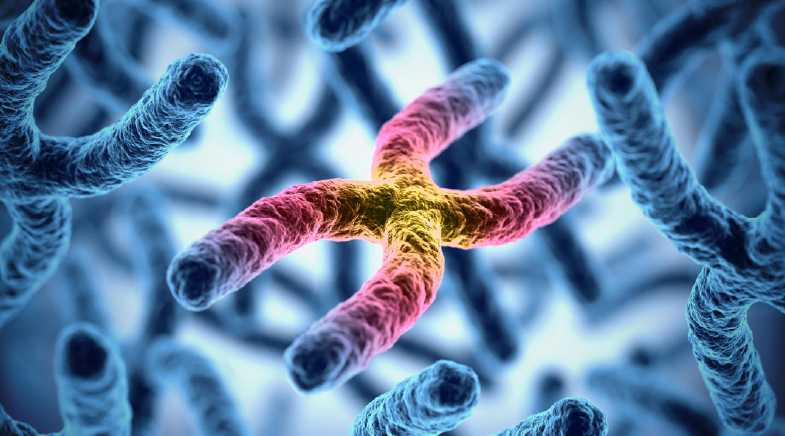Tiny engines at work
-
- from Shaastra :: vol 04 issue 10 :: Nov 2025

Enzymes are like machines that create mechanical energy.
Long regarded solely as catalysts of biochemical reactions, enzymes also play an active role in shaping a cell's physical behaviour. A research group led by Krishna Kanti Dey at the Indian Institute of Technology Gandhinagar has discovered that enzymes act like tiny machines, creating and distributing mechanical energy within the cell.
A cell is filled with a viscous fluid called cytoplasm. Dey's group recreated the crowded cell environment using Ficoll and glycerol (bit.ly/Enzyme-machine). They found that enzymes not only acted as catalysts of chemical reactions but also generated mechanical forces in the cytoplasmic environment, depending on how crowded the medium was. "This is a remarkable form of natural engineering, saying that the degree of crowding in cells determines how much energy is distributed," Dey says. "The control over the process would help develop a novel drug delivery mechanism."
The study found a hidden relationship between the enzyme and the surrounding medium. Within a viscous medium, the mechanical energy generated by enzymes dissipates quickly. This should reduce the motion of distant tracer particles — small particles added by the researcher to understand the movement of the surrounding medium. However, their results showed that though reaction rates decreased, the tracer motion increased.
"This meant that there was some unusual coupling between the enzyme and the surrounding medium, and together they determined how much energy was transferred to the tracers," explains Rik Chakraborty, the first author of the study.
The group hypothesised that, instead of the usual hydrodynamic method, in which energy transfers through the movement of medium particles, it propagates like a sound wave. According to their calculations, the energy produced by the enzymes moves through the medium by causing the particles to oscillate in place, like a wave, rather than move from one point to another.
Although the idea is yet to be conclusively tested, the researchers believe that this mechanism of energy transfer and motion enhancement could open up a new avenue of understanding molecular movement in biological systems. Until now, it was known that nature relies on diffusion to transport nutrients and other molecules within the body or the cell. However, the IIT Gandhinagar study suggests that nature may also employ an alternative mode of transport. The team is now working with actual cells to further explore this.
"This study provides new insight into the ongoing debate about the connection between enzymatic activity and motility," says Ambarish Ghosh, a nano physicist at the Indian Institute of Science, Bengaluru. "By establishing this mechanistic link, the findings open the door to developing next-generation sensing and delivery technologies that harness active enzymes as biocompatible nanomotors — potentially revolutionising drug delivery and biosensing platforms for biomedical applications, he adds.
Have a
story idea?
Tell us.
Do you have a recent research paper or an idea for a science/technology-themed article that you'd like to tell us about?
GET IN TOUCH














